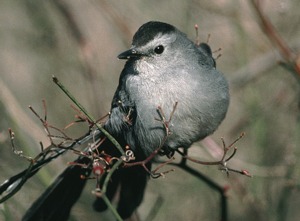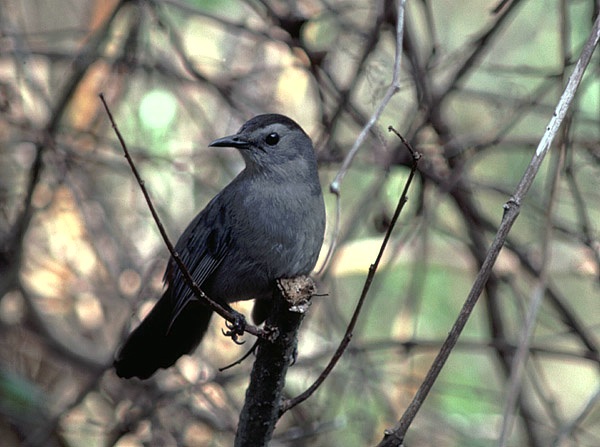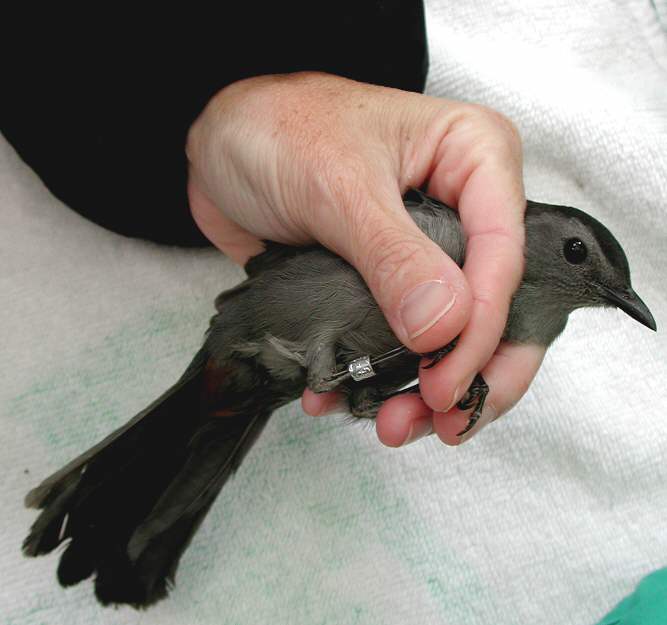|
|
|
|
Banding a Gray Catbird
(Dumetella carolinensis)
Click any image for a larger view.
The Gray Catbird (GRCA, AOU Species No. 704.0) is one of the birds being extensively studied at the Featherbed Lane Banding Station. It is perhaps the most common bird encountered, and the habitat surrounding the banding station is ideal for breeding. However, the GRCA is a monomorphic species, and it is currently not possible to distinguish the sex of GRCA by appearance or is possible to accurately determine its age after it has lost its juvenal plumage. The work that has been done with this species over the years at the banding station is finding that there are subtle morphology differences between the sexes/ages, and to fully document these differences, an extensive set of measurements and observations are made on each GRCA bird captured and banded. The following set of images shows how these data are collected.
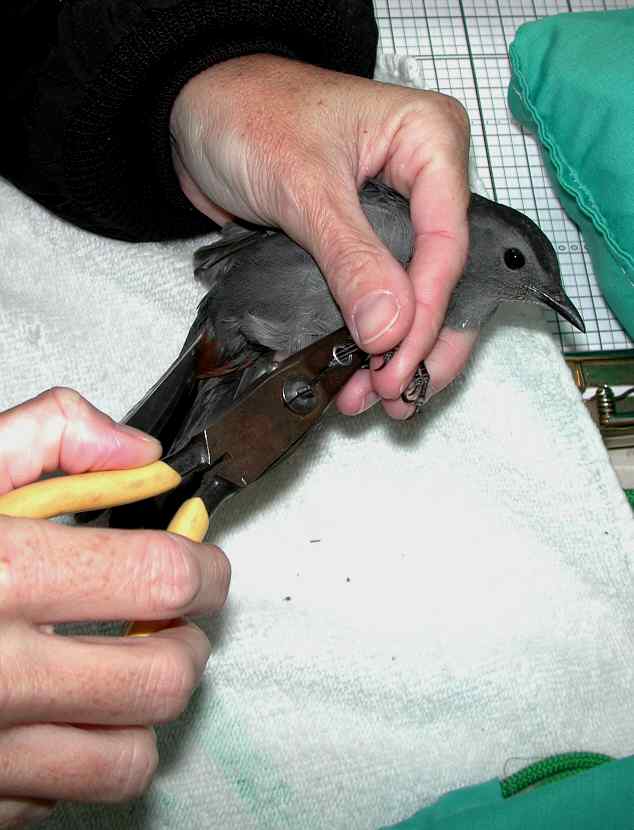
Image 1: Upon capture, a uniquely numbered aluminum band (obtained from
the Bird Banding Laboratory, Mt. Laurel, MD) is placed on the right leg
of the GRCA before the bird is evaluated. The band size used is 1A and
the band is placed on the leg with special "banding" pliers.
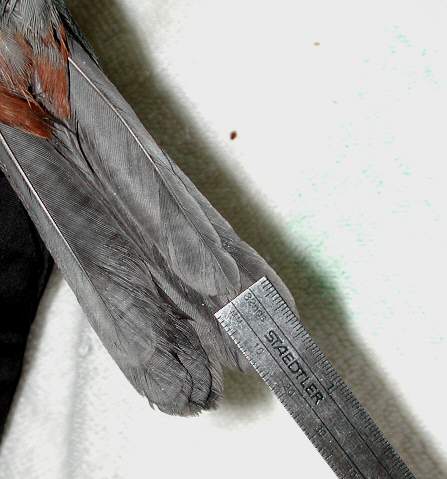
Image 3: The difference in the length of the outer (r6) and inner (r1)
rectrices is useful in determining the age of a GRCA. In this image,
this difference is being determined (to the nearest mm).

Image 4: It has been found that the color of the mouth and tongue
changes with age. Young birds (juvenals and hatching year birds)
display pink, gray, and yellow mouth parts, whereas older birds (after
hatching year) are dark gray and black. This bird is a Hatch Year (HY)
bird as indicated by the yellow corners at the gape of the bill.
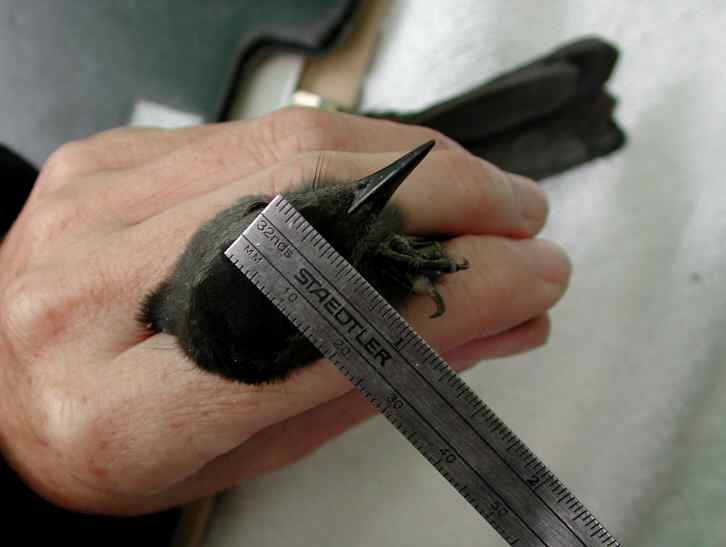
Image 5: GRCA have a distinctive black pileum on the crown of their
head. This pileum is not present in birds in juvenal plumage. It is
currently not known if the size (i.e., length and width) is related to
sex and/or age.
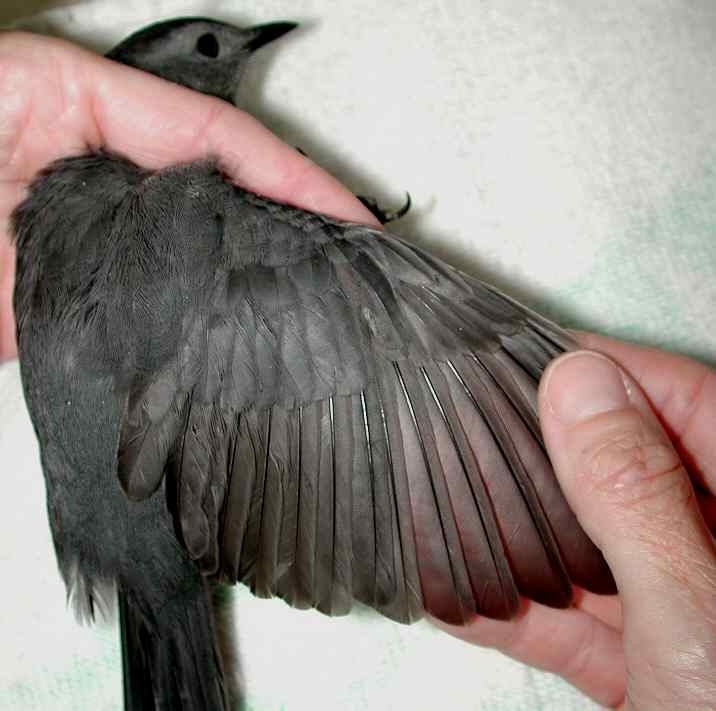
Image 6: GRCA exhibit molt limits during prebasic molt. As a result,
during their first year of life, juvenal greater covert feathers are
retained until molted during the second year of life. The presence of
retained greater coverts is definitive for aging a GRCA as being either
a HY bird before December 31 or a Second Year (SY) bird on January 1
until the bird undergoes its second prebasic molt as a SY. The bird
shown in this image has several retained greater coverts and since the
bird was banded in September, it is a HY bird.
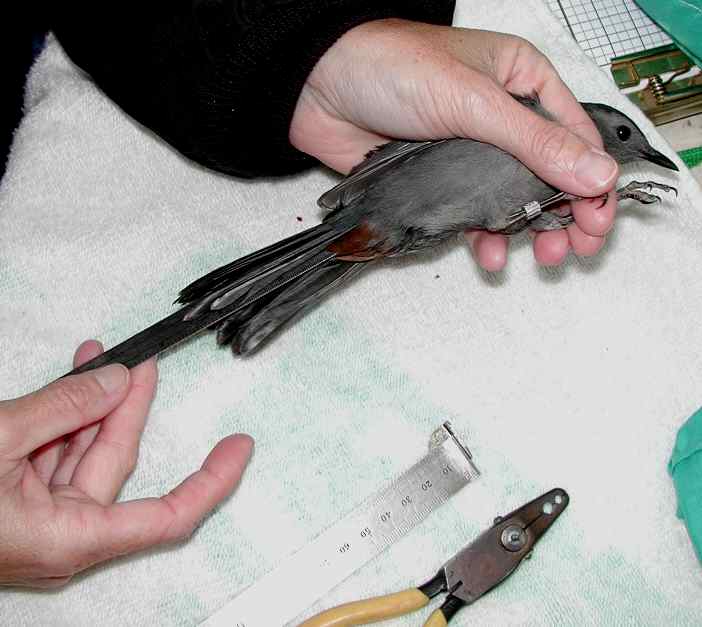
Image 7: The length of the tail may be useful in determining the sex of
GRCA. This measurement is done by placing a thin rule between the two
center rectrices (r1) and measuring the length of the exposed feathers
from their insertion to their tips. In GRCA, r1's are the longest
rectrices and relatively long (~90 mm).
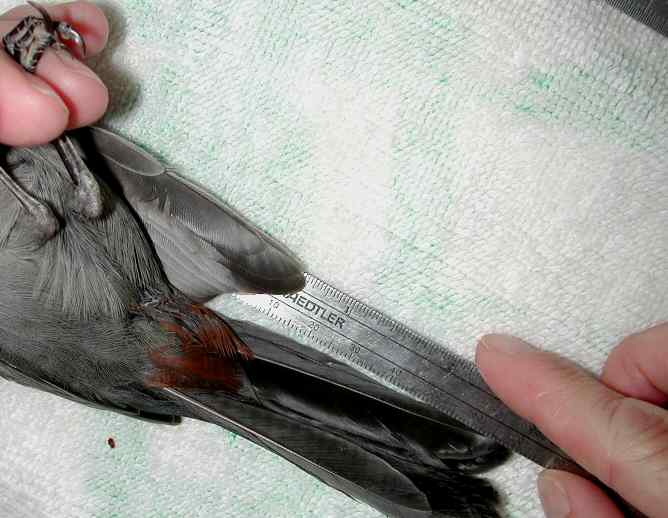
Image 8: The difference between the length of the longest secondary
feather and longest primary feather may be useful in determining the
sex of the bird. In this image this difference is being measured.

Image 9: GRCA exhibit a chestnut-colored crissum, which is a component
of their undertail coverts. The amount of color present in the central
pair of feathers comprising the crissum has been studied extensively,
but the pattern of the coloration of the crissum appears to be unique
to each bird and therefore has not been found to be useful for
indicating either age or sex.
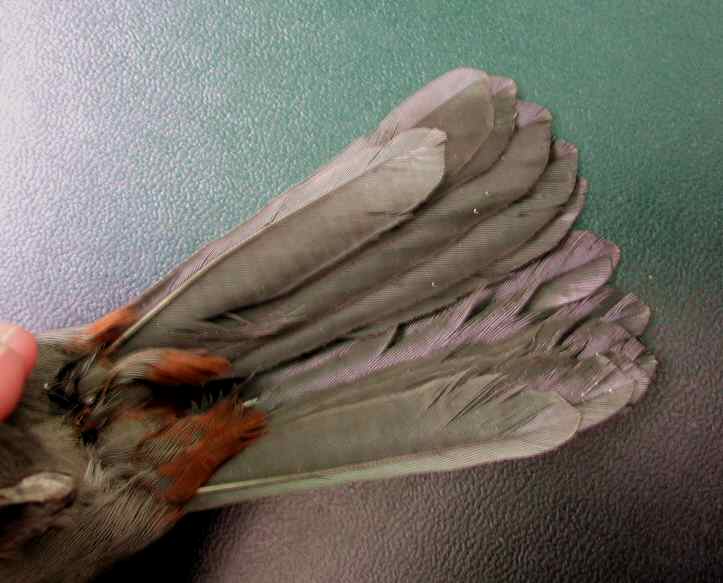
Image 10: The tips of the black GRCA rectrices show gray coloration.
The extent of this coloration appears to be related to the age of the
bird. HY birds may have all of the tips of their rectrices tipped
grayish, but in older birds only the outer pair of rectrices (r6)
will show a gray coloration. Although difficult to see in the image
presented, the tips of all of the rectrices of this HY bird have some
gray coloration.

Image 11: The length of the bill (exposed culmen) may be indicative of
sex and age. This image shows the culmen being measured. Males may have
longer bills than females and older birds may have longer bills than HY
birds. More study is needed to verify that there are age/sex-related
differences.
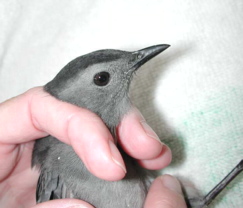
Image 12: The color of the eye (iris) of GRCA changes with age. In
juvenal and HY birds, the iris is grayish-brown (as in the bird
pictured), but as the bird matures the eyes becomes very dark attaining
a dark raspberry coloration after its second year of life.

Image 13: After all of the measurements have been acquired and
morphologies assessed, the bird is placed in a bag and weighed (to
the nearest 0.1 g). In this image, the bird being weighed (not
visible because it is in the bag) weighs 36.2 g as determined by the
battery-powered analytical balance that is routinely used at the
banding station.

Image 14: After the bird has been fully processed, it is released
with the hope that at some future time the bird will be recaptured
and re-processed to determine what changes have occurred in its
morphologies and measurements. In this image, the catbird is nipping
the bander's finger before flying away!
© 2001-2021 by the Featherbed Lane Banding Station. Last updated 11/27/2021.
